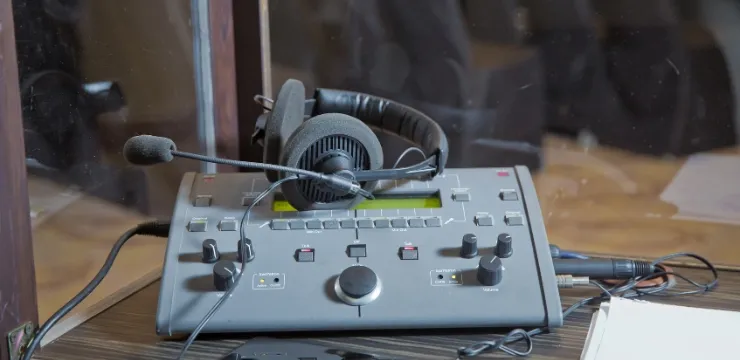
12 February 2024
How many modes of Interpretations are there? And when you use the different modes?
There are two main modes of interpretation, but different types of interpretation within those modes:
1. Modes:
-
Simultaneous Interpretation (SI): The interpreter speaks while the speaker is speaking, requiring advanced skills and specialized equipment. This is used in conferences, presentations, and real-time communication.
-
Consecutive Interpretation (CI): The interpreter listens to a section of the speaker's message and then conveys it in the target language after the speaker finishes. This is used in meetings, interviews, and legal proceedings.

2. Types:
Within these two modes, there are various "types" of interpretation depending on the context:
-
Whispered Interpretation: Similar to consecutive, but the interpreter whispers directly to one or two listeners.
-
Escort/Travel Interpretation: Assisting individuals in navigating different languages during travel, appointments, or shopping.
-
Scheduled Telephone Interpretation: Pre-arranged phone interpretation for meetings or conversations.
-
On-Demand Phone Interpretation: Immediate access to interpretation through a phone line, often used for emergency situations.

Choosing the right mode and type depends on several factors:
-
Setting: Size of the audience, availability of equipment, and formality of the event.
-
Nature of the communication: Length of the message, complexity of the content, and need for immediate understanding.
-
Number of languages involved: Some modes are more efficient with multiple languages.
Knowing the different modes and types allows for choosing the best option to ensure smooth and accurate communication across language barriers.
